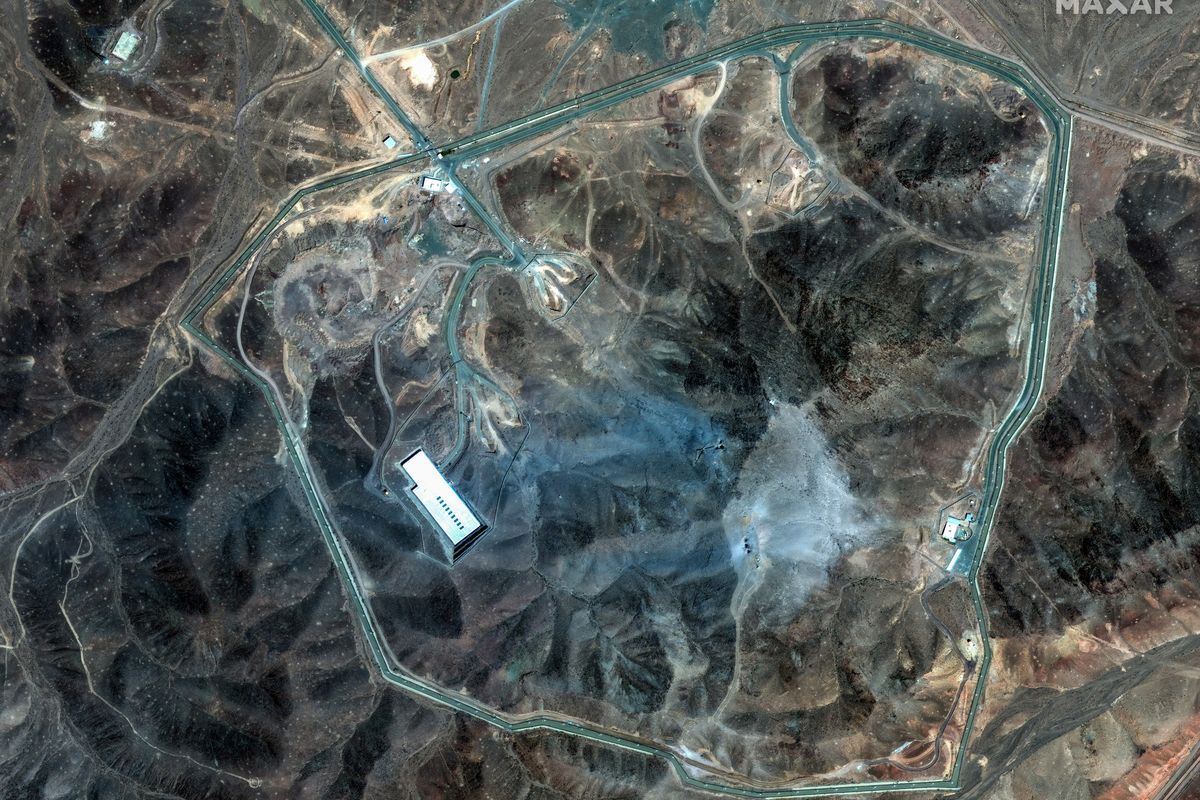Cipher Brief Expert Sean Roche served as the Associate Deputy Director of CIA for Digital Innovation serving as the second-in-command of CIA’s first new directorate in more than 50 years.
OPINION — An Analogy: We've all been there, during an uneventful flight there is suddenly a jolt of significant turbulence. Our minds move faster than the events in front of us. As "service items" start hitting the floor, overhead compartments pop open and a few passengers gasp out loud. We are experiencing an instantaneous involuntary moment of fear and apprehension.
What passengers do not see is that the turbulence is often a surprise to the cockpit crew as well. Crews flying the same route earlier would have reported conditions (rough air) that would have allowed avoidance or pro-active preparation. So when it happens, it is most often as unexpected for the crew as it is for the passengers in the main cabin. On a long flight, it is the relief (bunky) pilots who are usually at the helm and they’ve been told not to "touch anything and wake us if something goes wrong".
Following this unexpected and frightening event, what happens next is very important. Everyone focuses on the communication coming from the cockpit.
The pilot has three choices:
- Say nothing and instead activate the fasten seatbelt sign
- Tersely announce "fasten seat belts please or for non-communicators, simply say "seatbelts"
- Connect and head off panic by saying "hey folks, you've noticed we've hit some rough air, so we've asked that you ensure you have your fastened seatbelts. To be on the safe side, we're going to ask the cabin crew to stow the drink carts, stop meal service and take their seats as we work to get you to a smoother ride."
What few of the passengers realize is that despite the calming tone, there is usually a fair amount of furious activity in the cockpit, depending on how much they were taken by surprise. They know their orders under such conditions: operate, navigate and then communicate - in that order.
The turbulence gets worse, more violent. The oxygen masks have not deployed from the overhead compartments, and it would appear that the engines are functioning and are not on fire. Turbulence of this kind is rare, so there are very few people in the cabin who aren't at a heightened state of awareness. That's just when the cockpit voice comes on again and says "Hey folks, sorry about the ride. We're working some options with ATC to get us to a different altitude where it should be a smoother ride. But for the time being, we need everyone to stay in their seats with their seatbelts fastened low and tight. Our estimates still show an on-time landing at our destination where the temperature is a pleasant 70 degrees." Eventually, the turbulence ends and by the time the plane uneventfully lands it is nearly forgotten.
Our Situation: For COVID-19, as a country, we have not had effective communication from the cockpit (transparent, timely, truthful, calming). Instead, the Administration has messaged the equivalent of "this turbulence is really bad. It may get worse, but it’s not our fault. I blame Bernoulli". Hence, we have now reached the phase known as panic - but not yet hysteria. There is panic and there is hysteria. Prices for stocks, bonds and gold are not responding in accordance with any models we understand. That's panic. The stock market fall has been matched by chaos in the bond market, with the yield on the 10-year U.S. Treasury note falling to 0.32%. So now we are in the throes of a partial panic. Panic has impacted the markets before. As long as there have been markets there have been panics.
Implications:
First, we need to prevent disruption of the key services that contain the current limited panic and prevent it from becoming mass hysteria. With hysteria, all rules and norms are effectively suspended. This is chaos and increasing disorder at all levels and across all fronts. Those services involve public health and safety. Deploying highly visible and accessible mass testing and then building a very public “dashboard” that depicts the parameters of the situation and demonstrates that the USG is effective in making predictions (even if they are dire) is key.
Second, the messaging (content) must improve dramatically. It must be delivered at regular, repeated, pre-announced intervals by a consistent team of true scientific experts in a way that connects with and addresses the concerns of the average citizen. White House, WHO and CDC messaging are falling far short of where they need to be while desperate efforts by state, and local governments to fill the void have fueled the spread of panic and confusion — edging the country towards hysteria.
Third, comparisons to historical panic events, financial or health events, must stop. You will never hear a cockpit crew say "This is similar to turbulence we experienced last week" —- NO two events are the same. What you can do is try to leverage the macro lessons from those other events and apply where they fit — they DID prepare you to handle events, but each event requires a custom playbook. But you have to keep messaging that this situation is unique.
Fourth, preemptively work to restore faith and trust before it is gone beyond recovery. Trust in the markets and various specific market segments has become increasingly fragile over the past 30 years. In the best case, many of these market segments will take years to recover. What is important is to prevent hysteria from eroding the possibility of eventual recovery. A very public and repeated "profession of faith" in the fundamentals of the importance of those market segments is important.
Fifth, the tone and tenor of communication must be calm and decisive. While messaging is about content, this is about the actual delivery. Consistently conveying the message with a re-assuring tone is exactly what those in panic need in order to be responsive. The onset and spread of mass hysteria, is a complex phenomenon of subtle influencing factors that can be effectively countermanded with active signaling that reminds people of the normalcy before the panic while projecting a period of normalcy in the future.
We will get through this. In the meantime, breath normally —- and assist those next to you who may need your help.
Read more expert-driven national security opinion, insights and analysis in The Cipher Brief













